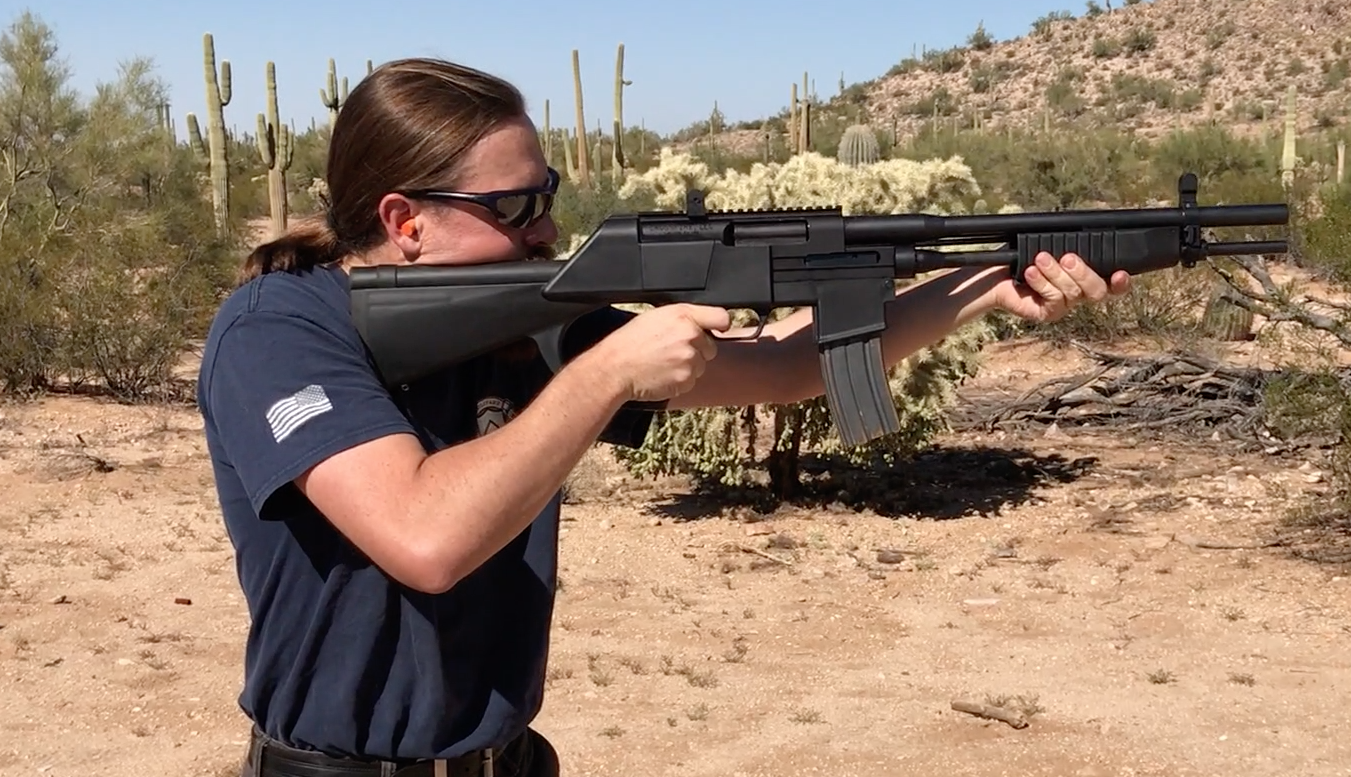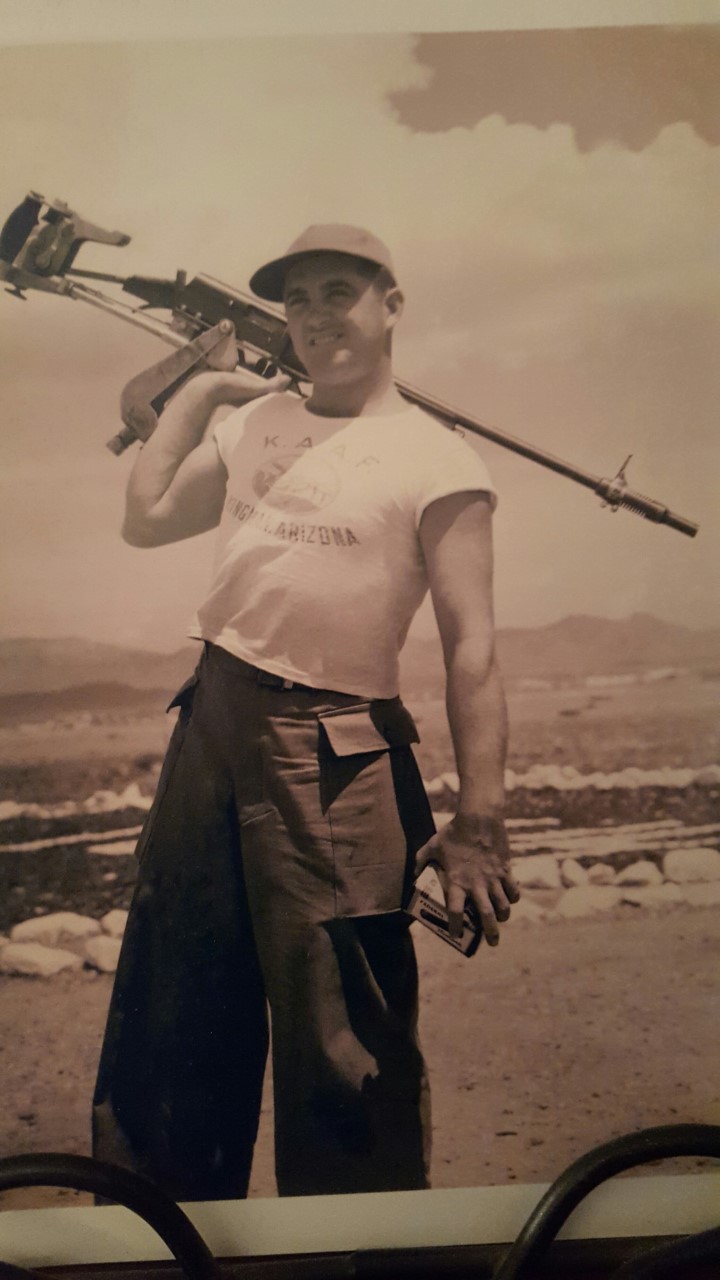https://youtu.be/lQGXy3adDHY
Today I’m bringing the PCCs back out to the range, to try them out with a Woldman suppressor from Dead Air. This is a two-part suppressor that can be shortened a bit if you like, although I will be running it at its full size for maximum effectiveness. I’m using S&B 150 grain 9mm ammunition, which is subsonic. This means there is no supersonic crack produced, which is a sound that cannot be removed by a suppressor. The questions are, how will the different guns handle being suppressed? I have a CMMG rotary-delayed AR, a Kalashnikov USA blowback KP-9 AK, and a roller-delayed H&K SP5.




Really stupid question: how much gas and unburned powder does one get in the face when firing a suppressed self-repeating weapon?
Powder residue mainly ends up inside the suppressor. Which is why suppressors need to be stripped down and cleaned regularly.
Gas release from a suppressed weapon will go out the muzzle as usual, just more slowly, although it’s a question of milliseconds and you won’t notice the lag.
There may be somewhat more gas release at the breech from a blowback weapon,depending on how fast the action opens.
cheers
eon
Wish to hear unsuppressed shots at same place with same eiectronical gear…
Would love to see that Calico 9mm suppressed.
I would like to see you put that suppressor on a single shot SEALED rifle! Just to see how quiet it really is. If you could find one that is threaded for your cans it would be a good test platform for your suppressors.
How about a video of a suppressed bolt action rifle? https://www.youtube.com/watch?v=IsUALdGog4U&feature=emb_title
Any views welcomed on the comparative terminal ballistics of regular 115grn bullets vs. the 150grn sub-sonic ammunition i.e. what kind of trade-off is made by going ‘suppressed’?
And beyond the simple numbers of ft/pound energy, what practical difference does this make in terms of both usable range and effectiveness against an enemy combatant?
Ballistically, 150-grain subsonic performs much like .38 Special 158-grain standard velocity, assuming similar bullet types.
A 150-grain lead hollow point with a copper gas check at roughly 1,000 F/S could be expected to perform roughly like the 158-grain lead hollow point .38 Special +P “FBI” or “Metro” load.
Generally, 115-grain JHPs and 124-grain JHPS at standard 9mm velocities (1,150 to 1,250 F/S) can be expected to perform roughly like 125-grain .357 Magnum in the same muzzle-velocity range. Which BTW is about what a .357 2.5″ barrel snub actually produces with such loads no matter what the gun and ammunition makers claim.
To get the .357s up over 1,300 F/S generally requires at least a 4 inch barrel. Note that a 4″ medium frame .357 and a typical 9 x 19mm service auto are about the same size and weight.
You pays your money and you takes your choice.
cheers
eon
Thank you for being an American Red Cross Blood Donor.
You can expect anything.
But the methodology of the SAS and similar organizations, on the use of 9mm muffled weapons, suggests that the effect of a 9mm subsonic bullet is often insufficient to instantly neutralize a person.